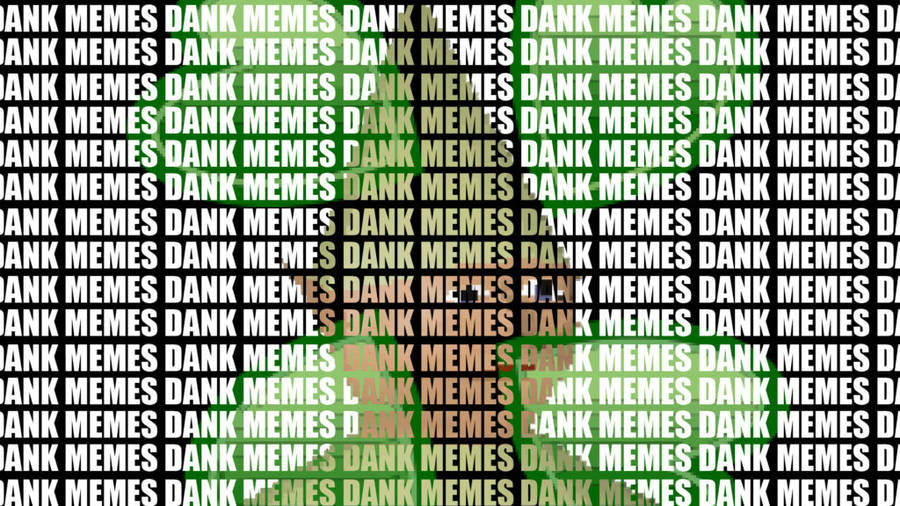C-day + ~10 weeks
By the end of the project, I finished or almost finished all
of the major improvements for the signal space separation (SSS) algorithm. The
initial SSS implementation required about six weeks to understand and then implement
to a degree that matched the proprietary version of the software. Other than
the fundamental algorithm, there are three major “expansion packs” that make
the algorithm more attractive for real-world noise rejection. The first is the
ability to reconstruct bad channels; since we are oversampling the spherical
harmonic bases, we can actually reconstruct the signals at bad sensors where we
were forced to throw out that sensor’s data. There are two other extensions –
fine calibration and temporospatial SSS (tSSS) – that are both underway but not
yet complete. As described before, channel reconstruction, fine calibration,
and tSSS are all methods to remove more noise from the MEG signals. Even beyond
these published algorithms, we have improvements included in our fine
calibration procedure beyond the proprietary SSS algorithm. Of course, I’ll
keep working on these extensions until they are finished so that our library
has a powerful and complete implementation of the SSS functionality.
Now that the GSoC project is over, I’m glad I followed a
post-doc’s advice to use the program as a chance to explore concepts outside my
thesis area that manifest in code that’s helpful to our source imaging
community. There were a number of technical skills I now have that I didn’t
have before and probably wouldn’t have gained without this opportunity. I’m
much more familiar with the concepts behind Git and Github as well as a better
collaborator having worked with a number of MNE-Python’s other coders. To
understand and implement the SSS algorithm, I also had to (heavily) brush up my
physics and, in particular, Maxwell’s equations and spherical harmonics. The
fact that I had a practical application of these concepts served as a great
carrot to stay motivated as much of the necessary mathematical concepts were in
impressively dense papers from before the 1980s. At the very least, I'll have one fancy physics concept to draw on a cocktail napkin many years from now.
Schools out for the (remaining) summer.
